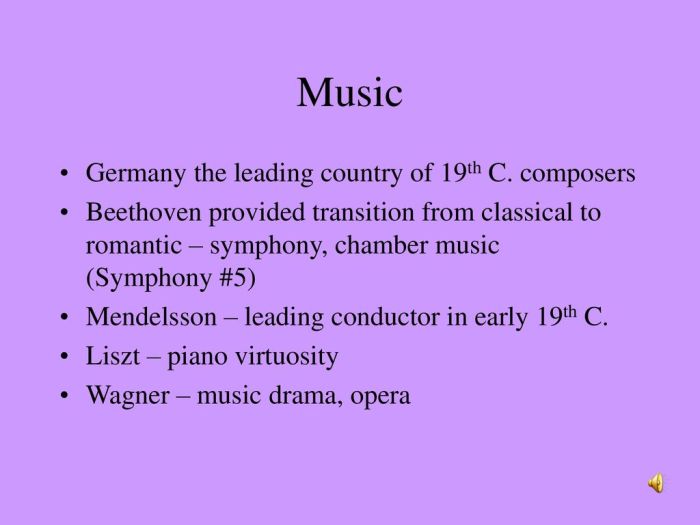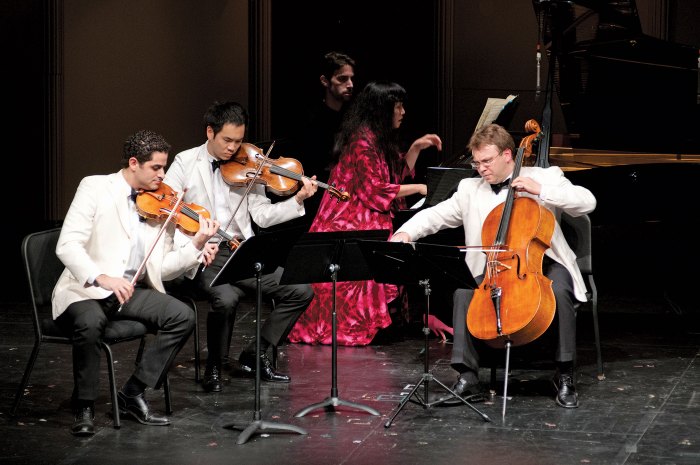The focus of classical chamber music is soloistic virtuosity – At the heart of classical chamber music lies the captivating brilliance of soloistic virtuosity. This intimate musical form, characterized by small ensembles, places the spotlight on individual musicians who showcase their exceptional technical prowess and artistic expression.
Chamber music ensembles, such as string quartets, piano trios, and wind quintets, provide a platform for soloists to display their mastery of their instruments. Renowned soloists like Jascha Heifetz, Vladimir Horowitz, and Maria Callas have left an indelible mark on the genre, captivating audiences with their breathtaking performances.
Definition of Classical Chamber Music

Classical chamber music is a genre of music written for a small ensemble of instruments, typically between three and nine players. It is characterized by its intimate setting, its focus on melodic and harmonic interplay, and its often complex and sophisticated musical structures.
Notable chamber music ensembles include the string quartet, the piano trio, and the wind quintet. Chamber music has a long and rich history, dating back to the Renaissance era. It has been a popular form of music ever since, and it continues to be performed and enjoyed by audiences around the world.
Soloistic Virtuosity in Chamber Music

Soloists play a central role in chamber music. They are often responsible for the most technically demanding passages, and they must have a deep understanding of the music and the ability to interpret it in a personal and expressive way.
Some of the most famous soloists in chamber music history include violinists Jascha Heifetz and Itzhak Perlman, cellist Yo-Yo Ma, and pianist Vladimir Horowitz. These musicians have all made significant contributions to the genre, and their recordings continue to be enjoyed by music lovers around the world.
The techniques and skills required for soloistic virtuosity include a high level of technical proficiency, a strong sense of rhythm and timing, and the ability to project one’s sound over the ensemble.
Ensemble Dynamics and Collaboration: The Focus Of Classical Chamber Music Is Soloistic Virtuosity

Ensemble dynamics are essential to chamber music. The players must be able to listen to each other carefully and adjust their playing accordingly. They must also be able to work together to create a unified sound.
Different types of ensemble configurations can have a significant impact on musical interpretation. For example, a string quartet has a different sound than a piano trio, and a wind quintet has a different sound than a brass quintet.
Some of the most successful chamber music ensembles have been able to achieve a high level of collaboration and teamwork. This is often due to the fact that the players have a long history of playing together and have developed a deep understanding of each other’s musical styles.
FAQ Explained
What is the primary focus of classical chamber music?
Soloistic virtuosity, where individual musicians showcase their exceptional technical skills and artistic expression.
Who are some notable soloists in chamber music history?
Jascha Heifetz, Vladimir Horowitz, and Maria Callas are among the most celebrated soloists in the genre.
How does soloistic virtuosity contribute to the overall musical experience?
It enhances the emotional depth and artistry of chamber music by highlighting individual brilliance within the collaborative ensemble.